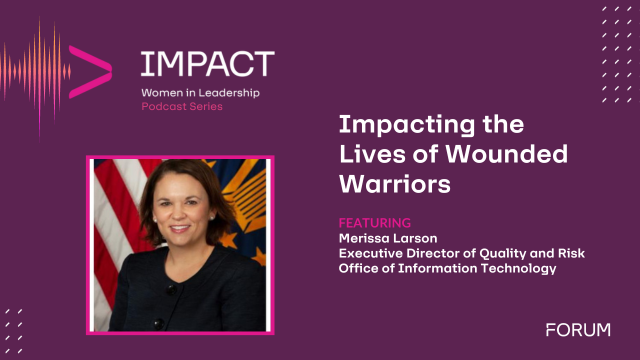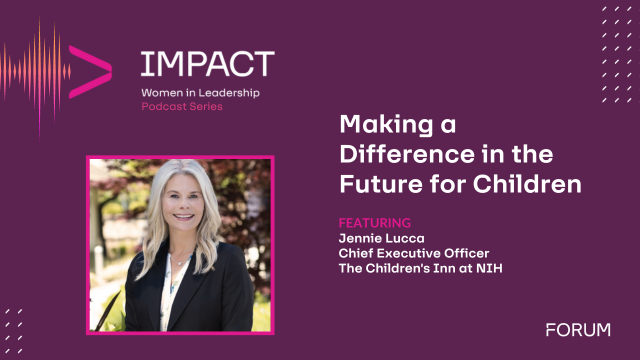In this interview, FedHealthIT’s President, Susan Sharer, spoke with Karsten Russell-Wood, Portfolio Leader, Post Acute & Home at Philips and Cindy Gaines, Chief Nursing Officer, Population Health Management at Philips, around the topic of telehealth, the perfect storm of COVID that forced implementation, and what comes next.
COVID – The Perfect Storm
Moving Healthcare services into the home has been discussed for a long time but prior to COVID only about 20 percent of providers were engaged in some kind of virtual care. Then COVID hit and if only for continuity, everyone had to jump in. They had to find ways to stay connected to patients to be able to continue to care for them. That 20 percent very quickly jumped to more like 75 percent.
There had always been a bit of fear there, a bit of “how will it work, will patients like it” but in the end we found that not only do patients like it but providers do as well. Even in the aging population we found that they can Zoom pretty well, says Gaines.
The questions we are considering now should not be whether we continue this way but rather, how we develop and support the infrastructure so it doesn’t go away but instead grows? How do we ensure the connectivity is there that the access expands and is seamless?
We used to think of virtual care as urgent and for emerging issues but COVID has shown us that we can manage a lot of care this way. It has made us think about patients in a different way. Providers are looking at patients from the view of pastoral care and volunteer services and really embracing the idea that if there is a way to make a connection, the opportunity to connect is there.
We need to think now about why we move care into the home and how. Home has become the epicenter of life, where work and education have been virtualized. “If my fridge can digitally share my food habits with my shopping cart, why should I expect anything less from my medical care,” says Russell-Wood.
The trend is towards an empowered clinical network in which the consumer has the power to choose. Hospitals, for many reasons, aren’t getting patients back so there is a health crisis within a health crisis building. If we can connect with patients, improve chronic care, improve wellness, we improve outcomes.
With a focus on consumer solutions for access of care, delivered through retail opportunities, we integrate that access into the standard of care and support the equitable distribution of care which is all key.
The Benefits of Telehealth
Through COVID we have been able to think about telehealth in a different way, from the view of wellness. If we have a pregnant mom, who requires regular check-ins for things like blood pressure or weight and so on, and we can keep those patients health by keeping them at home, only bringing them in for more crucial testing, we improve their experience and keep the hospital setting for those who need it.
That is a very new way of thinking about virtual care, about considering who your well population is and how you stay connected to them. “Think about Veterans who may be dealing with significant injury, or PTSD,” says Gaines. “Do we need to force them to leave their homes, to get into vehicles or to travel great distances with whatever else they are coping with or can we treat them where they are comfortable, where they are and not add to their burden? We need to think about how we become a partner to patients in their homes.”
Modeling Best Practice
VA does more telehealth than anyone in the country and really pushes out a level of virtual care that we can learn from. If you think of the care stations they have established in American Legions where Veterans who may not have connectivity at home can still access that same virtual experience near by.
“This isn’t just a health system phenomenon,” says Russell-Wood, “but a system of Government phenomenon. No one organization can handle it all because it pulls in practice and culture. We need to look at where we are now and understand how we build on the journey, define the next steps. Consumerism around telehealth may have started as a whisper but now that we have seen what can be done, expect that to grow to a shout.”
Recommendations for Health Systems
The most important thing to understand is that if you haven’t started, you need to. The challenge for many is that they have spent so many years building a system around brick and mortar. Telehealth does not replace this but extends the capability, the reach of care. It adds to the repertoire of where care can be delivered.
“One of the positives of COVID,” says Gaines “is that it forced people to start. There have been challenges around maintaining HIPPA and around licensure crossing state lines and we have seen changes and progress, but we have a long way to go.”
Start with one population and build from there. This is about changing a system, but you can’t take out the whole thing at once. Best practices and help with workflows are there to be tapped into and learned from but it will only work if you start small and build.
Russell-Wood says there is no doubt that change is hard. “You need to focus on small wins and those that are supported by executive vision and mandate. It isn’t as simple as deciding to shift. We are moving from a model of care that incentivized utilization rather than outcomes and value.
Organizations need to consider the optimum location to deliver specific services to be more efficient, less disruptive to the patient for an improved experience, while ensuring they avoid caregiver burnout with the end result being a better quality of life for all. If we think of human-centered design as being a new focus, the human is not just the patient but the care team as well.
“We are also going to be forced to reconsider what our homes are,” he says. “We are protective of our space and our safety and Healthcare is one of the few things we have not embraced being enabled to access us in that safe zone.”
Gaines says we must also change our vocabulary around Healthcare. “Let’s stop using the word discharge within the hospital setting and talk about transfers to a different levels of care. A discharge from the hospital itself has come to mean a letting go of engagement or responsibility. Instead, the patient transfers from the intensive care unit to the general floor and then transfer to home. The home becomes part of the continuum of care where the patient takes the lead with the healthcare system continuing to be there to support. It assigns a whole new and needed meaning to the expression continuum of care.”
Karsten Russell-Wood, Executive Director, Portfolio Management, Philips
 Karsten Russell-Wood, MBA, MPH, is a Healthcare marketing professional with over 20 years of global product development and strategy experience. He currently serves as the Global Portfolio Marketing Leader for the Connected Care Post Acute and Home Cluster of Philips Healthcare. He is responsible for linking the innovations of Philip’s product teams to the prospect and customer-focused commercial operations of the business unit to build the Philips global brand, create consumer awareness, dominate thought leadership, and drive customer preference for the solutions through all channels, every day.
Karsten Russell-Wood, MBA, MPH, is a Healthcare marketing professional with over 20 years of global product development and strategy experience. He currently serves as the Global Portfolio Marketing Leader for the Connected Care Post Acute and Home Cluster of Philips Healthcare. He is responsible for linking the innovations of Philip’s product teams to the prospect and customer-focused commercial operations of the business unit to build the Philips global brand, create consumer awareness, dominate thought leadership, and drive customer preference for the solutions through all channels, every day.
Cindy Gaines, MSN, RN, Chief Nursing Officer and Clinical Leader, Population Health, Philips
 Cindy Gaines has over 28 years of Healthcare experience, splitting this time between quality and operations across the continuum. Gaines was the chief operating officer and president of administration for a health system in Kalamazoo, Michigan. During her esteemed career, Cindy has led the integration of patient care across the care continuum and integrated program requirements of third-party payers including pay-for-performance criteria to maximize clinical, operational, and financial initiatives. Gaines also championed physician quality alignment, attained PCMH designation and CPC+ approval for primary care sites, and managed integration activities for growing organizations.
Cindy Gaines has over 28 years of Healthcare experience, splitting this time between quality and operations across the continuum. Gaines was the chief operating officer and president of administration for a health system in Kalamazoo, Michigan. During her esteemed career, Cindy has led the integration of patient care across the care continuum and integrated program requirements of third-party payers including pay-for-performance criteria to maximize clinical, operational, and financial initiatives. Gaines also championed physician quality alignment, attained PCMH designation and CPC+ approval for primary care sites, and managed integration activities for growing organizations.












